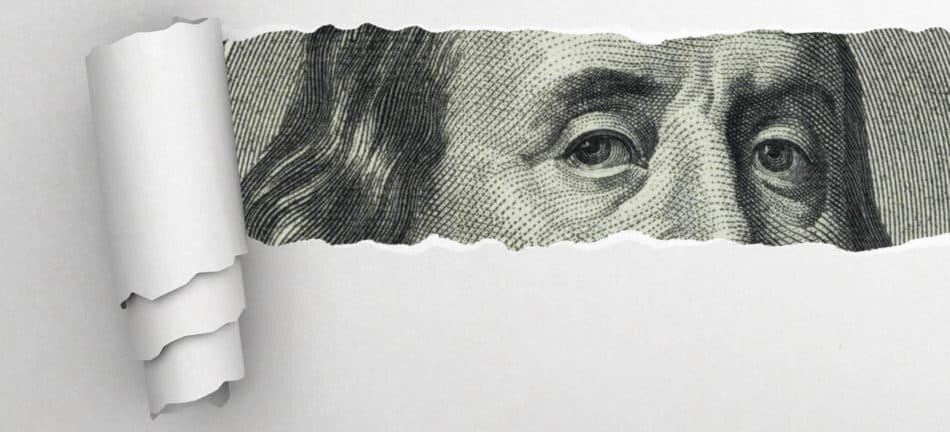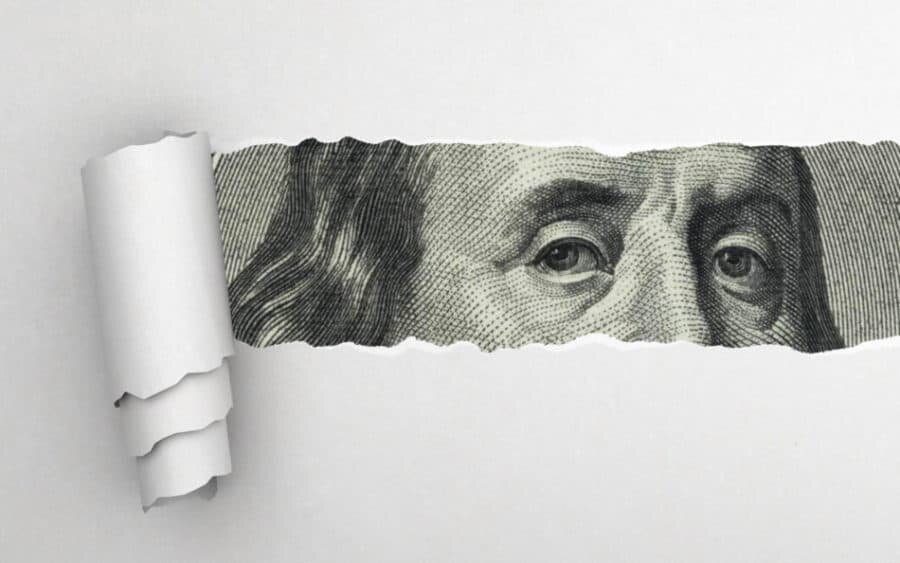
These days, box office numbers are growing exponentially, and that’s not just due to actors being paid more or inflation. One of the biggest expenses of any tentpole movie these days is the CGI. So what is it that makes CGI so incredibly expensive?
The main reason why Visual Effects and CGI, in general, is so expensive is labor and time. Creating the highest quality visuals requires highly trained artists who work hundreds of hours on a single shot.
Baca tentang sejarah idn poker agar anda lebih mengetahui asal usul idn poker tersebut bagaimana. Sejarah tersebut menjelaskan bagaimana latar belakang poker Indonesia serta permainan-permainan yang ada. Baca juga artikel idn poker untuk anda mengetahui lebih mudah lagi sekarang juga.
It is actually quite interesting looking into the depths of the CGI industry and how much labor, mostly by extremely passionate and hard working artists goes into those movies where CGI crew often even outnumbers the live-action set crew. Throughout my career, I have often been surprised though by the lack of understanding by outsiders regarding how much work is actually involved in creating world class computer generated imagery.
So much Labor, so much Time!
As we have a grasp of the scope of modern day high end CGI, let’s go a bit into detail and take a look at why the work actually takes so much effort and time.
I’ve found the process best described in an article on Gizmodo a while back where an artist describes the making of a Transformer for the movies with the same name.
It takes about 15 weeks to make just one Transformer, starting with designs and concept art, conjured up by the world’s elite like Feng Zhu, Maciej Kuciara or Scott Robertson.
To turn that design into a 3D Character, each piece has to be modeled correctly. Some of that stuff is really complex and gets even harder when trying to create an organic shape.
Permainan judi bola merupakan sebuah taruhan olahraga yang memiliki berbagai opsi taruhan yaitu mix parlay, asian handicap, over/under, 1x2 dan lain sebagainya yang bisa anda mainkan secara bersamaan. Dapatkan hadiah jutaan rupiah hanya bermodalkan 10.000 saja.
Optimus Prime alone has over 10’000 pieces in him. This stuff then has to be painted and made to look photoreal. That process started over half a year before the actual animation started.
Then, after tons and tons of iterations and adjustments, when everyone likes it, it is being “rigged” so that animators can start making it move. That process takes another 15 weeks because of all the little moving parts and swivels and so on so that Optimus can actually transform from a Truck to a Robot and back with all the cool spinny and flippy stuff going on around him.
I love this quote from the end of the article that sums up the amount of work perfectly:
That’s just one transformer! What about a scene with magic portals opening, different characters stepping/ flying/ appearing through it, CGI heavy information, and think about this:
Scott Farrar, VFX Supervisor
It took 100 million CPU hours to render the Film Monster’s University (Okay, that’s a fully CGI film). If you did that on your home pc, it would take just over 10 000 years to do it.
Even with all of Pixar’s computers, the total time it took to render the film was, if I’m correct, almost three years.
When we look at movies today, we see that the amount of shots that include CGI has skyrocketed. While it was about 30 shots in Jurassic Park, we have now arrived at 2000 – 3000 shots in Captain America: Civil War or Avengers: Endgame.
Each of these shots is touched by 10-15 Artists, each spending 2-4 or more weeks on it.
There was a crunch time that I went through back in 2015 where I worked 380h in one month. You can do the math yourself to figure out how much that divides down to per week.
When passed on, thinking about render time, we come up against another bottleneck. Rendering a single frame for final output can take up to 12h to render, and a single second of film consists of 24 such frames.
That makes a render time of 288 hours for a single second of the film, and of course, most of the time there are several iterations a shot will go through until the render is final approved.
All of this means that a single shot out of those above mentioned 2000 – 3000+ shots in a modern VFX film can cost between USD 10’000 to 60’000.
A great overview of the detail certain studios go into are the “VFX Artists react” videos on youtube. Here is one with Weta’s Matt Aitken who i had the pleasure of working with on several projects.

Grasping the Scope of a Modern CGI Company
What is not immediately apparent to the viewer of tentpole blockbusters like Avengers: Endgame is the number of people that are actually involved with these projects. It might sound absurd but for Endgame, there were actually twenty Visual Effects Companies involved that worked on sequences throughout the movie.
Reasons for such a spread out workload range from budgeting – Pay the top studios to do the most difficult work, spread the “generic” work among the lower tier studios – to confidentiality – more parts spread out over more facilities decreases the risk of someone getting all the info and spoiling the movie before its release.
Since most people walk out before the end of the credits, understandably, who cares about the credits, they likely miss seeing the wall of people that are listed in the Visual Effects section. Sometimes, studios can’t even list all of the crew due to restrictions on credit length by the production company.
So, looking at these credits, we can derive one specific conclusion right away. All of these people need to get paid, and hopefully, they get paid what they are worth, (how do you put a price tag on Creativity?) which is a lot. Becoming a CG Artist for any industry requires very specialized training and years of study.
Then these people are being flown around the world, to work at all the various studios.
Studios like Weta Digital employ between 1000 and 2000 people at any given time depending on the workload. With a regular work week being 50h and the average hourly salary around NZD 60.00 that makes NZD 3’000’000 – 6’000’000 just to pay the average weekly salary. Add to that overtime that is paid 1.5 times.
On top of that, take the cost for facilities, rent, power, food for artists (During the production of War for the Planet of the Apes, Weta’s animation department alone ate about 12’000 Bananas in one year), catering in crunch time, and transportation along with a constantly evolving army of high end workstations to keep up with technology, and huge, ever growing render farms.
Lastly, there is a large amount of work dedicated to Research and Development to stay ahead of the competition and find new ways to innovate the industry. None of that work pays off directly through billable work to a client. Yet, films like Avatar or Planet of the Apes would have been absolutely impossible without all these smart minds.
Is CGI Actually Getting More Expensive?
A lot of this work is just labor intensive and quality will always take its time, but there is also a growing “fix it in post” mentality among the newer generation of directors and production companies.
That means that a lot of planning is rushed or not thought through which causes a stampede of changes and a never ending barrage of changes of mind from the client side that makes the process take 30-40% longer than it would be if something would have been thought through properly from the start.
This is also the reason why some Visual Effects and animated movies look extremely subpar compared to the movie’s budget. Black Panther comes to mind.
What is interesting nonetheless, however, is that the price for any kind of CGI has actually come down. We are doing things faster and better than anything that could have been done 5-10 years ago. Technology, as well as knowledge, has evolved and things keep getting better.
Look at this breakdown of Star Wars: Rise of Skywalker just to see how far Star Wars itself has evolved.
With those improvements come also increased expectations from audiences and therefore studios as well as bigger, more audacious ideas as to what could be attempted next.
Nonetheless, Studios these days are under immense pressure from Hollywood to produce better yet cheaper work. Many companies are operating at a 4-5% margin in a good year and more and more are resorting to underbidding and working at a loss just to get certain projects on their portfolios or hiring cheap labor or squeezing salaries to be able to stay in business.

